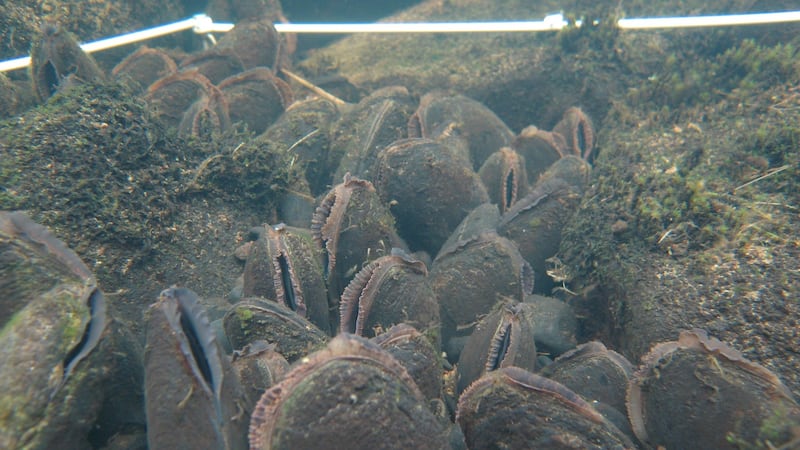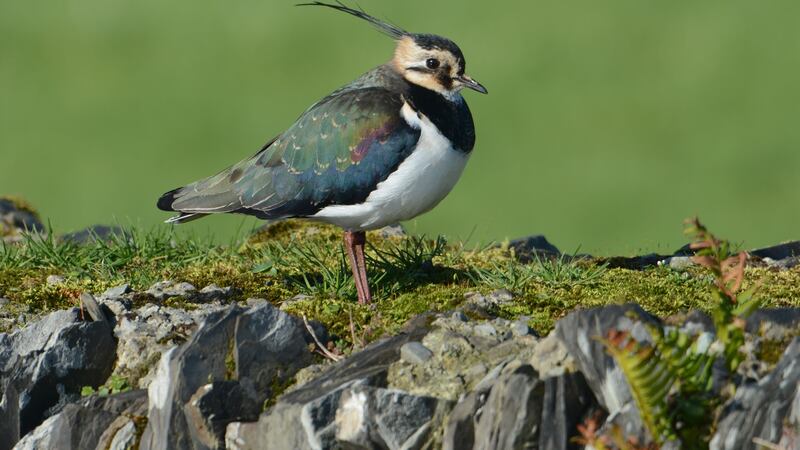Irish wildlife groups have called for the National Parks & Wildlife Service (NPWS) to be put on an independent footing with increased powers on enforcement and funding to address a continuing biodiversity crisis in Ireland.
The call, including a proposal for a new wildlife crime unit in the Department of Culture, Heritage and the Gaeltacht, was issued coinciding with the launch of 2020 National Biodiversity Week which runs until May 22nd.
A year after the Oireachtas declared a climate and biodiversity emergency, there has been little progress in addressing species loss and an urgent need to "reboot" the NPWS, according to Irish Wildlife Trust campaigns officer Padraic Fogarty.
“It should be an independent agency like the EPA,” he added, “It should gather science, be responsible for enforcement and communicating the information – and be able to speak out.”
That commitment for a strengthened NPWS with annual funding of €100 million was in party manifestoes during the election except Fine Gael’s, but he said he would be dismayed if this was not part of a programme for government in the next administration.
In spite of the Dáil passing a motion declaring a biodiversity emergency, little has happened since, said BirdWatch Ireland (BWI) assistant head of advocacy Oonagh Duggan.

She echoed the call for an enhanced NPWS and for environmental NGOs to be properly funded because of their ability to help enhance biodiversity, restore habitats and address the climate crisis. Such actions “might even see quicker returns, as conservations works”.
She was heartened, however, by the level of public support for nature. “There has been a dramatic shift there...People are worried about nature and climate and want to see action.”
They see detrimental impacts due to intensification of agriculture; loss of hedgerows and loss of trees in their immediate environment while the Government was a bit behind the people in taking action. “It’s very clear many people care and want to see action,” Ms Duggan said.
The State’s inadequate response was evident in Irish laws not in line with EU law and poor enforcement, while there was a lot of ground to be made up in critical EU-designated habitats.
She was most concerned by declines in farmland birds such as the lapwing, the curlew and red shank, and stressed farmers wanted to do the right thing but needed support. A 40 per cent decline in water birds in less than 20 years was a major worry.

Mr Fogarty said the pearl mussel, which can live for over 100 years, was “at death’s door” while the angel shark was threatened with imminent extinction. A curlew restoration programme was showing tentative signs of success but was dependent on supporting measures under EU CAP reform.
Over the past year, and particularly since The Intergovernmental Science-Policy Platform on Biodiversity and Ecosystem Services revealed the extent of species loss globally, people have come to appreciate there is a crisis, said Dr Liam Lysaght director of the National Biodiversity Data Centre.
“We don’t have to argue the case any more,” he added.
While a lot of people were doing small things in their gardens, and some farmers, local authorities were helping biodiversity in tangible ways, efforts needed to be cranked up to the transformational scale needed, he said. “It has to be core to business rather than being an add on.”
He strongly supported the idea of a “biodiversity duty” applying to all pubic bodies – the idea was proposed some years ago but was not proceeded with. It would mean their actions would have to be “biodiversity-proofed”. As the State had so much land, applying this to management of it would have a huge impact, Dr Lysaght suggested.

Because of heightened public awareness, he was more optimistic than a year ago. Earlier this year when people were not mowing their lawns he saw more insects about the place, including in his own garden. In contrast, protecting more specialist habitats was not happening at the scale required and “species are still in decline”.
The continuing vulnerability of endangered species, in spite of increased awareness, is indicated by the largest poisoning incident of birds of prey in decades near Timoleague, Co Cork, late last year, BWI has warned – details of the poisoning of buzzards who ingested the toxic and banned substance carbofuran emerged recently.
Targeted use of bait laced with poison to kill protected birds of prey “remains widespread and one of the most common substances used is carbofuran”, it said. This follows the death of a satellite-tagged hen harrier last November, also poisoned by carbofuran.
Driven to extinction in Ireland by the early 20th century, the buzzard’s natural re-colonisation after a significant absence is one of the conservation success stories of recent decades.










